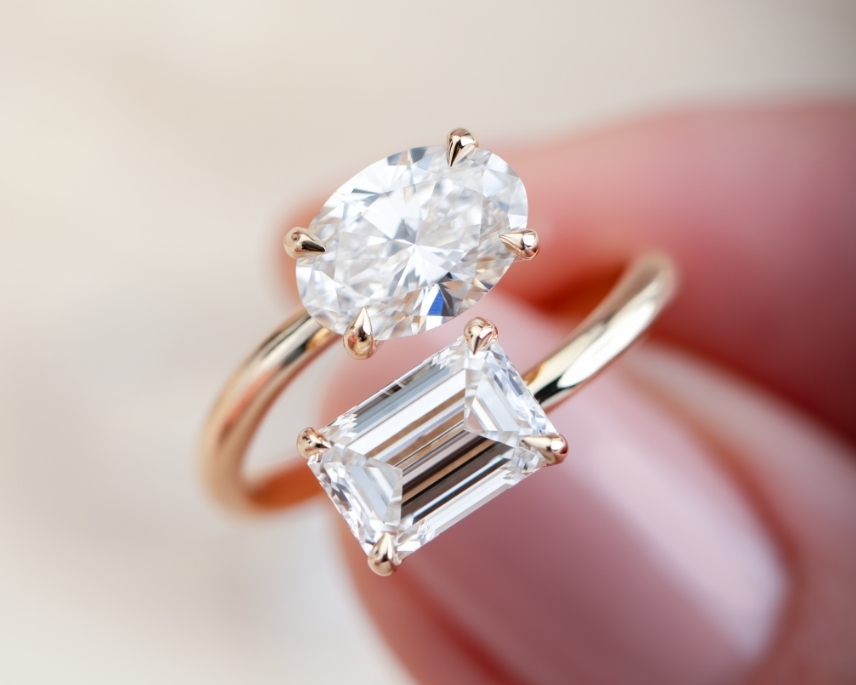When it comes to diamonds, the shape plays a pivotal role in determining the overall appearance and style of the gemstone. Understanding the various diamond shapes and their respective pros and cons can help you make an informed decision when selecting the perfect diamond for your jewelry piece.
Popular Diamond Shapes
Round Brilliant
The round brilliant cut is the most popular diamonds shapes pros and cons, known for its exceptional brilliance and sparkle. Its symmetrical design maximizes light return, making it a timeless choice for engagement rings and other jewelry pieces.
Pros of Round Brilliant Diamonds
- Unmatched brilliance and fire
- Versatile and timeless design
- Hides inclusions well due to its brilliance
Cons of Round Brilliant Diamonds
- Higher price compared to other shapes
- Less unique than fancy shapes
Princess Cut
The princess cut features a square or rectangular shape with pointed corners, offering a modern and elegant appearance. It combines the brilliance of a round diamond with a contemporary square shape.
Pros of Princess Cut Diamonds
- Exceptional brilliance and fire
- Modern and fashionable appearance
- Can appear larger than other shapes of the same carat weight
Cons of Princess Cut Diamonds
- Vulnerable to chipping at the corners
- Requires regular maintenance to preserve its sharp edges
Factors to Consider When Choosing a Diamond Shape
Personal Style and Preference
Your personal style and preference should be the primary factors influencing your choice of diamond shape. Whether you prefer classic elegance or contemporary flair, there’s a diamond shape that perfectly matches your taste.
Finger Shape and Size
The shape and size of your finger can also impact the choice of lab made diamonds. For example, elongated shapes like oval or pear can complement shorter fingers, while round or princess cuts can flatter larger fingers.
Ring Setting Compatibility
Consider the type of ring setting you prefer when choosing a diamond shape. Certain shapes may be better suited for specific settings, such as solitaire, halo, or three-stone designs.
Light Performance and Brilliance
Different diamond shapes interact with light in unique ways, affecting their brilliance and sparkle. Round diamonds are renowned for their exceptional light performance, while fancy shapes like emerald or asscher cuts may exhibit a more subdued brilliance.
Price and Budget Constraints
Finally, consider your budget when selecting a diamond shape. Round brilliant diamonds tend to be more expensive due to their popularity and superior light performance, while fancy shapes may offer a more budget-friendly alternative without compromising on style or beauty.
Conclusion
In conclusion, the choice of diamond shape is a highly personal decision that should be based on factors such as personal style, finger shape and size, ring setting compatibility, light performance, and budget constraints. By carefully considering these factors and weighing the pros and cons of each diamond shape, you can select the perfect diamond that reflects your individuality and enhances the beauty of your jewelry piece.




